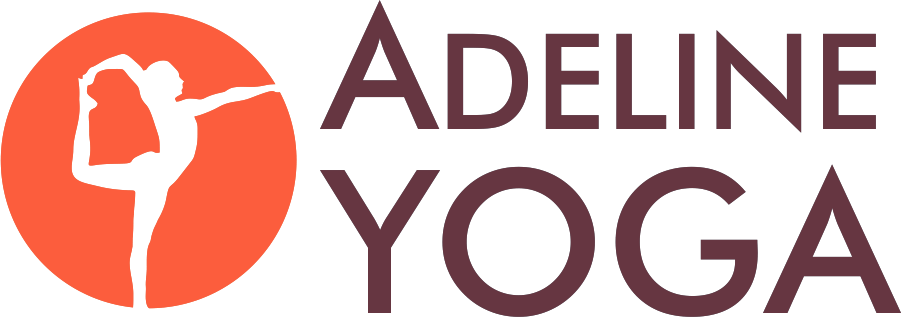The complexity of yoga postures always astounds me. Take namaskārāsana in swastika
Both prayer and sitting on the floor with the shins crossed are commonplace postures, after all.
But what brings Divinity to the commonplace in human action and physicality? What brings sacred connection and communion with others? Humility. Surrender. Simply stated. Yet in this simplicity is integration of physical, mental, and spiritual actions. To quote B.K.S. Iyengar: “conative, cognitive, mental, and reflective” actions (The Tree of Yoga, 47). What does this mean for us in practice?
When we bring our hands together and lift the heart in namaskārāsana, we observe ourselves physically; our teachers help us to notice ourselves. Pressing the base of our thumbs to the sternum, we lift the chest. We broaden the collarbone, lift the elbows, lift the ribs, and breathe fully. Then we lower the elbows, lower the chins, lower the eyelids.
The ego drops. The heart reigns supreme. Where are you carried? What flutters across your mind’s eye?
With the simple gesture of lifting the heart and surrendering (bowing) our head to the heart at the beginning of practice, we connect with the innermost layer of our being, the annamaya kosha. Bowing to the heart suggests physical, mental, and spiritual integration.
We can practice integrating the layers of our being through one simple pose at a time. If we practice relinquishing the fruits of our labor—that is, detaching from the results or benefits of āsana—we can practice honoring the depth of our potentiality in yoga āsana.
If we can devote one āsana, or even a whole practice, to someOne, someCause, someBody, someBeing, then our next yoga class or home practice can become an act of devotion to something grander than we ever expected.
And we even have to let go of our next expectations.
Before your next āsana class or private practice, try to offer a particular posture, or the entire practice, to someone you love.
Keep it simple. Namaste!
